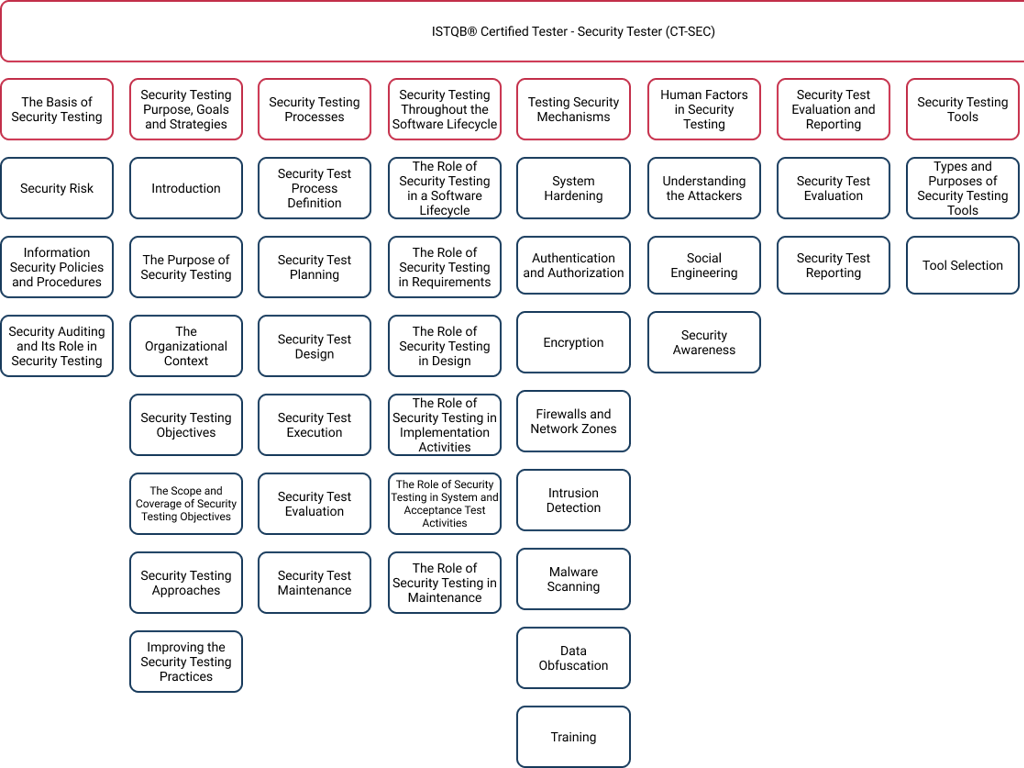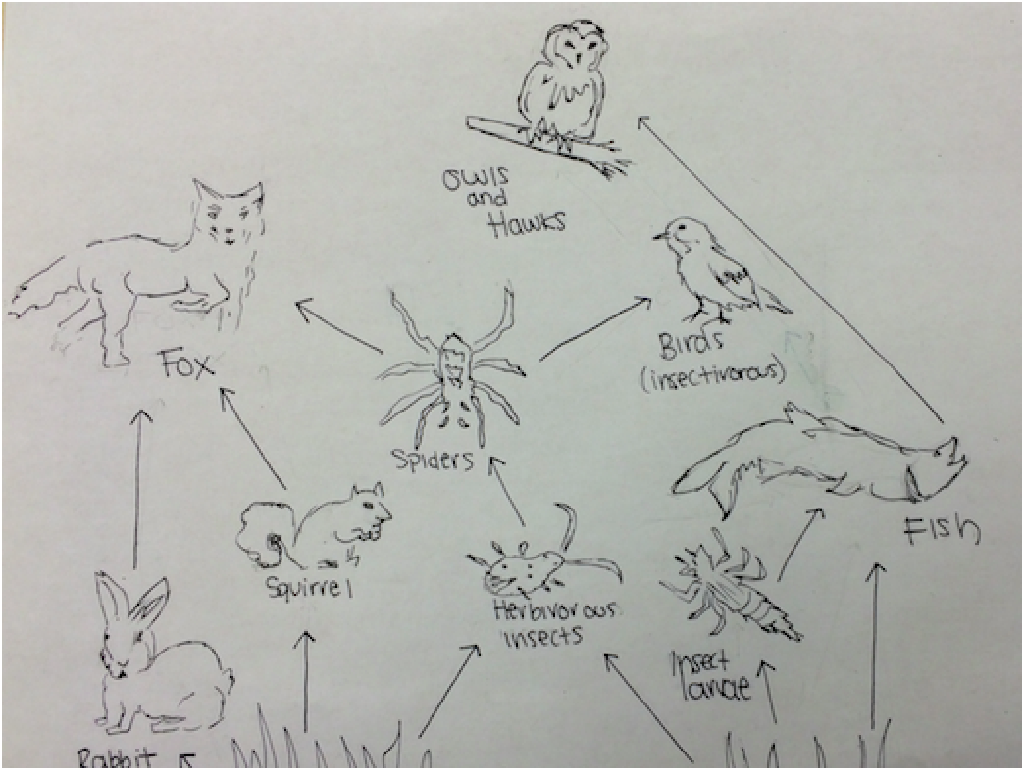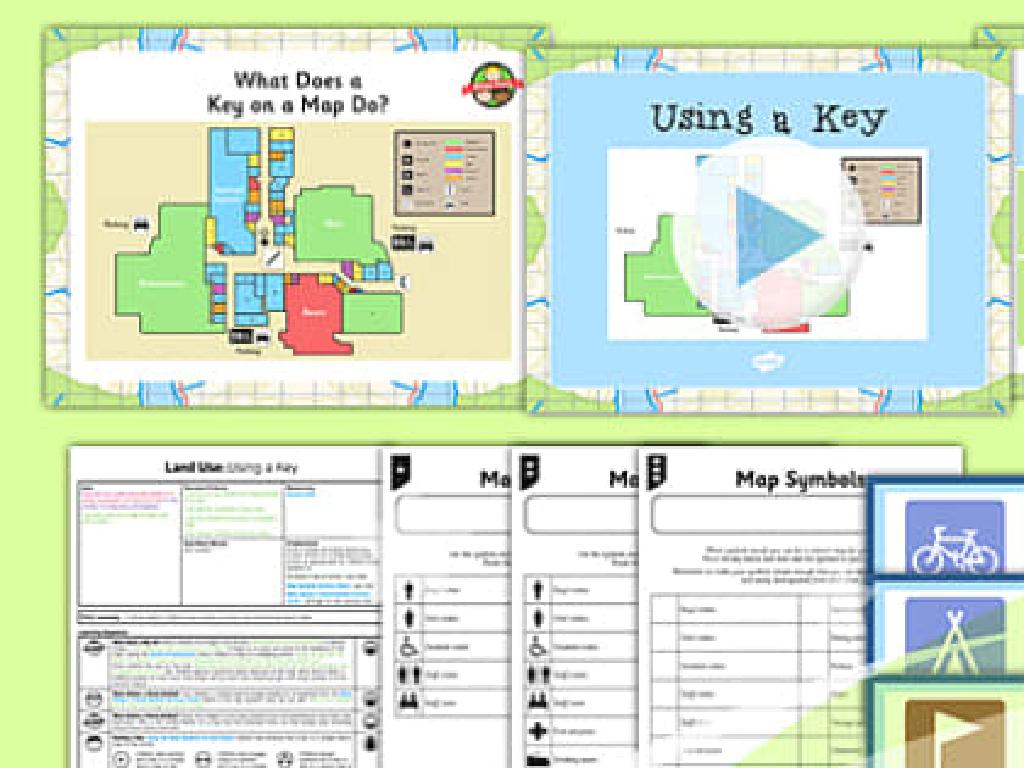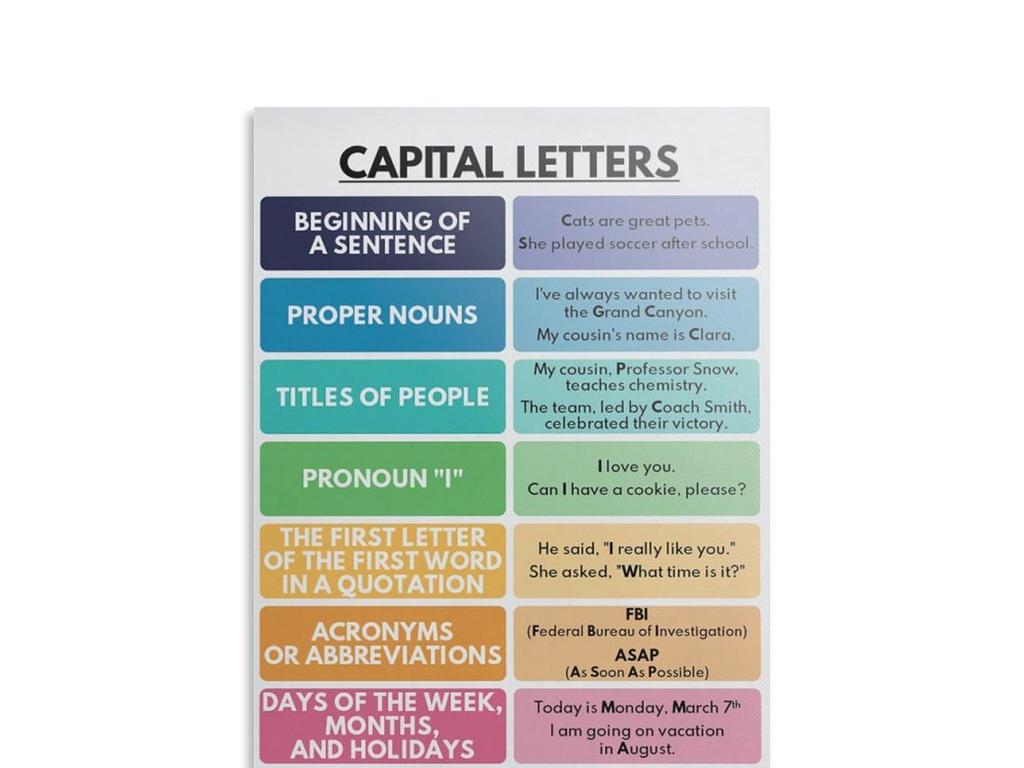Region Profile: South America
Subject: Social studies
Grade: Seventh grade
Topic: The Americas: Society And Environment
Please LOG IN to download the presentation. Access is available to registered users only.
View More Content
Exploring South America: Society and Environment
– Introduction to South America
– A continent with 12 countries and rich history
– Cultural and environmental diversity
– From Andean peaks to Amazon rainforests
– Society’s relationship with nature
– How societies adapt to and impact their surroundings
– Overview of today’s lesson
|
This slide is designed to introduce students to the vibrant continent of South America, setting the stage for a deeper exploration of its diverse cultures and environments. Highlight South America’s geography, including its mountains, forests, and rivers, and how these have shaped the various societies that call it home. Discuss the interplay between human activity and the environment, emphasizing sustainable practices. Today’s lesson will delve into specific examples of how South American societies have been influenced by and have influenced their environment. Encourage students to think about the relationship between their local environment and culture as a comparison.
Physical Geography of South America
– Explore the Andes Mountains
– Longest continental mountain range in the world, home to diverse ecosystems.
– Climate zones: Desert to Rainforest
– From the dry Atacama Desert to the lush Amazon Rainforest, climate varies widely.
– Amazon River significance
– Second longest river in the world, supports vast biodiversity and communities.
– Geography’s impact on life
– Terrain and climate influence agriculture, settlement patterns, and culture.
|
This slide aims to give students an overview of South America’s diverse physical geography and its influence on the continent’s societies and environments. The Andes Mountains are a key feature, stretching along the western edge and providing varied ecosystems. The climate zones range from one of the driest places on Earth, the Atacama Desert, to the dense and biodiverse Amazon Rainforest. Emphasize the importance of the Amazon River not just for its ecological significance but also for the communities it supports. Discuss how the geography of South America, including its mountains, rivers, and climate zones, shapes the lives of the people, affecting where they live, the food they grow, and the cultures they develop. Encourage students to think about how their own lives might be different if they lived in one of these varied geographic regions.
Exploring South America: Countries and Capitals
– List of South American countries
– Brazil (Brasília), Argentina (Buenos Aires), and more
– Capitals and their significance
– Capitals are political and cultural hubs, e.g., Lima is the capital of Peru
– Population size and diversity
– South America is diverse with indigenous, European, African, and Asian influences
– Interactive map activity
|
This slide aims to familiarize students with the geography of South America, focusing on the countries and their capitals. Start by listing all the countries and their capitals, highlighting the role of capitals as important cultural and administrative centers. Discuss the population size, noting the vast differences between countries like Brazil and Suriname, and touch on the rich diversity of the continent, influenced by various ethnic groups and historical migrations. Conclude with an interactive map activity where students locate each country and its capital, reinforcing their learning through engagement. This activity will help students visually connect the information and enhance their memory retention.
Cultural Heritage of South America
– Indigenous cultures and European impact
– Explore the blend of native and European cultures
– Festivals, music, dance, and languages
– Discover samba, tango, Spanish, Portuguese, and indigenous dialects
– Case study: Brazil’s Carnival
– Understand Carnival’s role in Brazilian culture and identity
– Cultural diversity and preservation
– Importance of protecting diverse cultural expressions
|
This slide introduces students to the rich cultural heritage of South America, highlighting the influence of indigenous peoples and European colonization. Discuss the variety of festivals, music, and dance traditions that are integral to South American societies, and the languages spoken across the continent. Use the Carnival in Brazil as a case study to delve into how such events reflect and shape national identity and cultural values. Emphasize the importance of preserving the diverse cultural expressions found throughout South America. Encourage students to think about how cultural practices can inform and enrich our understanding of a society’s history and values.
Economic Activities in South America
– Agriculture: A key industry
– Crops like soybeans, coffee, and sugarcane are vital exports.
– Mining: Wealth beneath the soil
– Rich in minerals, mining includes copper, gold, and iron ore.
– Tourism: Exploring natural beauty
– Tourists flock to landmarks like Machu Picchu and the Galapagos.
– Amazon rainforest’s global impact
– The Amazon is crucial for oxygen production and biodiversity.
|
This slide aims to give students an overview of South America’s economic activities and their significance. Agriculture is a cornerstone of the economy with several countries being major exporters of various crops. Mining is also significant due to the abundance of mineral resources. Tourism is a growing industry, with South America’s diverse landscapes and cultural heritage attracting visitors worldwide. Emphasize the Amazon rainforest’s role in the global ecosystem, including its contribution to oxygen production and its status as a home to a vast array of wildlife, which also has implications for the economy and society. Discuss how the exploitation of these resources can lead to economic growth but also poses challenges for sustainability and the well-being of local communities.
Environmental Challenges in South America
– Impact of deforestation
– Deforestation leads to habitat loss and climate change.
– Urbanization challenges
– Overcrowding, pollution, and infrastructure strain in cities.
– Efforts to protect biodiversity
– Initiatives to safeguard the Amazon and other ecosystems.
– Role of conservation
– Conservation helps maintain ecological balance and protect species.
|
This slide addresses the pressing environmental issues facing South America. Deforestation, primarily in the Amazon rainforest, has far-reaching effects on global climate and local ecosystems. Urbanization presents challenges such as overcrowding and pollution, which affect the quality of life in South American cities. Highlight conservation efforts, including laws and organizations working to preserve the rich biodiversity of the continent. Discuss the importance of these efforts in maintaining ecological balance and protecting the wide array of species unique to South America. Encourage students to think critically about the impact of human activities on the environment and the importance of sustainable practices.
Class Activity: Crafting a South American Country Profile
– Form groups and pick a country
– Research your country’s geography
– Look at mountains, rivers, climate zones
– Explore culture and economy
– Learn about traditions, languages, and industries
– Investigate environmental concerns
– Identify issues like deforestation, pollution
|
This activity is designed to engage students with the diverse aspects of South American countries. By working in groups, students will collaborate to research and create comprehensive profiles that include physical geography, such as landforms and climate; cultural elements, including traditions and languages; economic factors, like main industries and agriculture; and current environmental issues facing the region. Each group will present their findings in the next class, facilitating peer learning. As a teacher, provide resources such as access to the library, internet, and multimedia to aid their research. Encourage critical thinking by asking them to consider how these factors interconnect and influence each other. Offer guidance on how to create engaging presentations and ensure that each group member contributes to the project.






